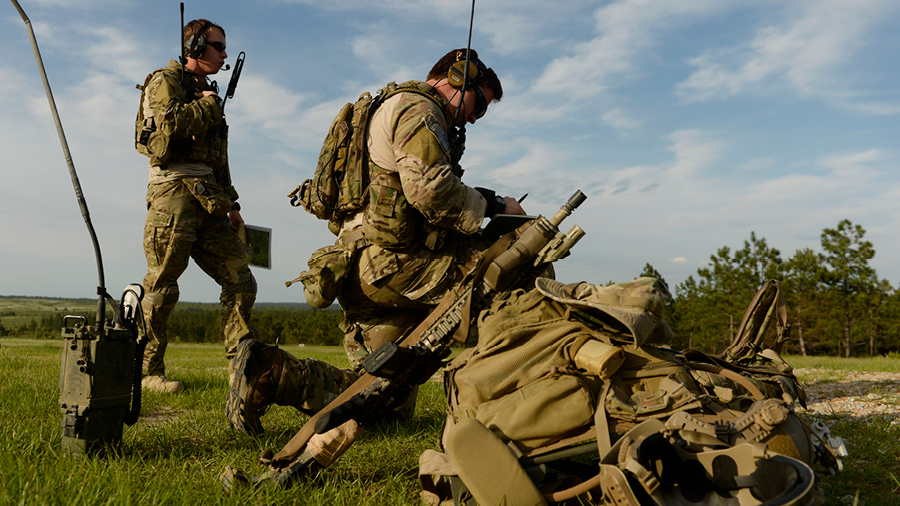
NSIN Propel EDI 2023 - Presentation Day

Join Us
-
When: May 31, 2023 at 2:00 p.m. EDT
-
Where: Virtual via Zoom
–
About This Event
Propel-EDI is an iteration within the National Security Innovation Network (NSIN) Propel program designed to source talented companies from economically challenged areas across the country to meet the objectives of NSIN’s U.S. Department of Defense (DoD) partners. The Propel-EDI Cohort seeks to match problem-holders within the DoD with non-traditional commercial solution providers and align potential government funding opportunities.
Specifically, NSIN is looking to partner with small, non-traditional companies located in Historically Underutilized Business (HUB) Zones, Opportunity Zones, or low-income states*.
*Please reference the Small Business Administration (SBA) Hubzone Map.
Challenge
For the cohort, NSIN partnered with the U.S. Air Force Spark Cells (Spark Cells) – recognized as innovation thought leaders within the DoD. These Spark Cells identified multiple challenges that provide key foundational elements for next-generation DoD operations, including those that support flight operations in austere environments and autonomous operations on military bases. The specific problems the Spark Cells sought to solve in this Cohort include:
- Synthetic Personnel Training - Tactical Emergency Response – technologies capable of increasing the quality and volume of training for personnel involved in responding to tactical emergencies, including, but not limited to, active shooter threats. Technologies of interest include artificial intelligence (AI) and augmented and virtual reality (AR/VR) for training.
- Synthetic Personnel Training - technologies that can assist units in simulating and responding to disaster scenarios. Technologies must include the ability to train incident commanders, search and rescue responders, and personnel responding in hazardous environments. Technologies of interest include AI and AR/VR for training.
- Digital Aircraft Part Rendering for Reproduction - technologies that can create and interact with digital renderings of out-of-production aircraft parts through various means, including, but not limited to, 3D scanning, AR/VR, photogrammetry, and reverse engineering and/or technologies that can produce usable reproductions of these parts based on digital renderings to sustain long-term maintenance of aging aircraft and support equipment.
Register Now
Registration is now closed for this event.